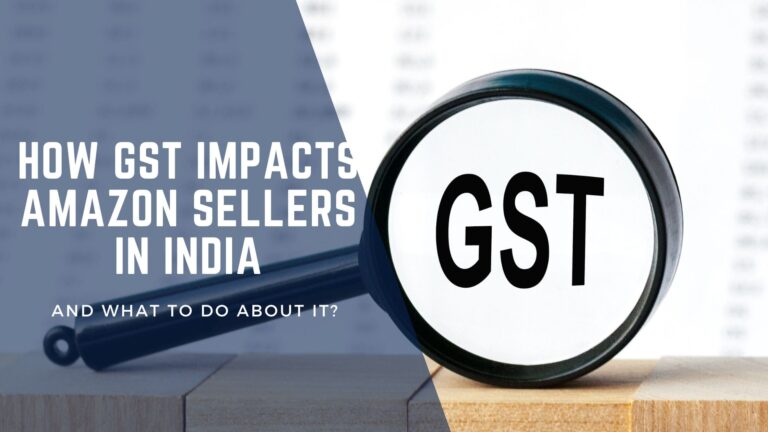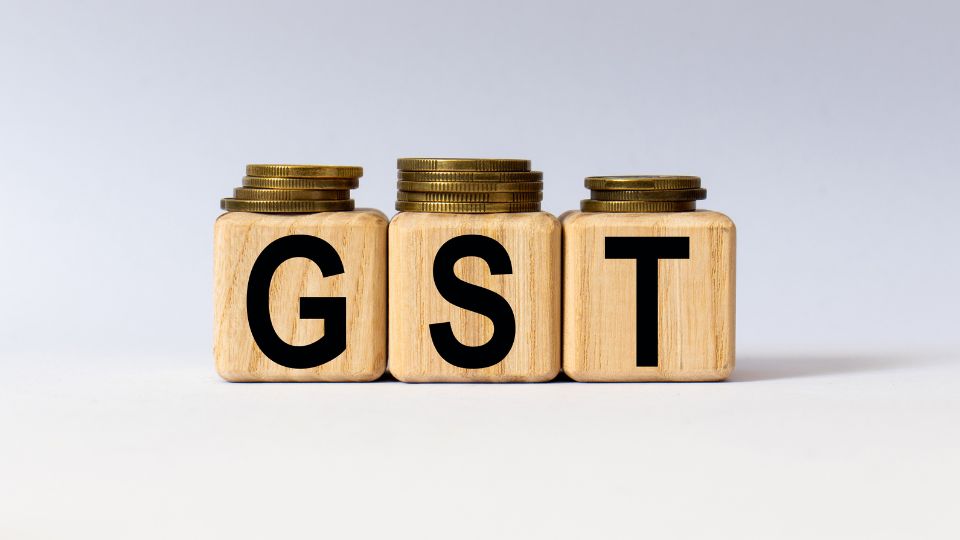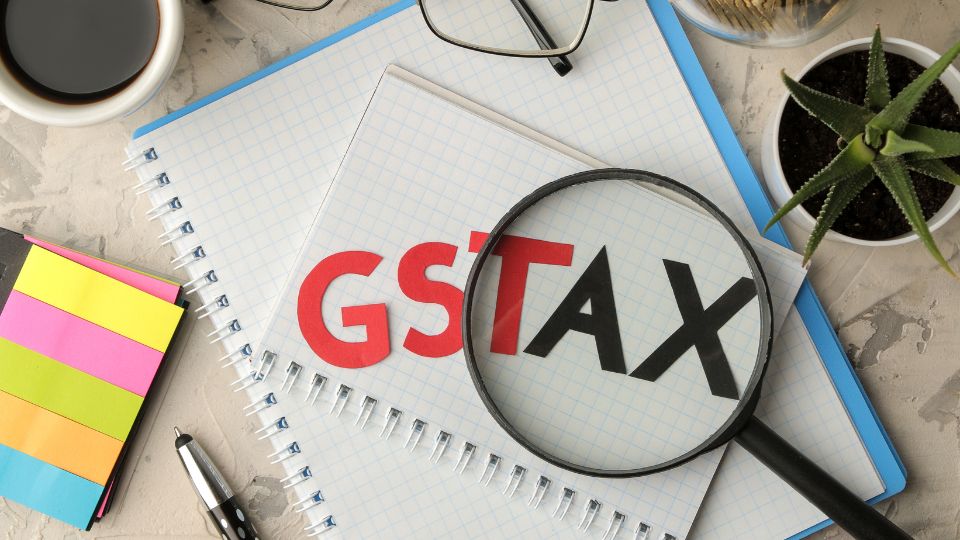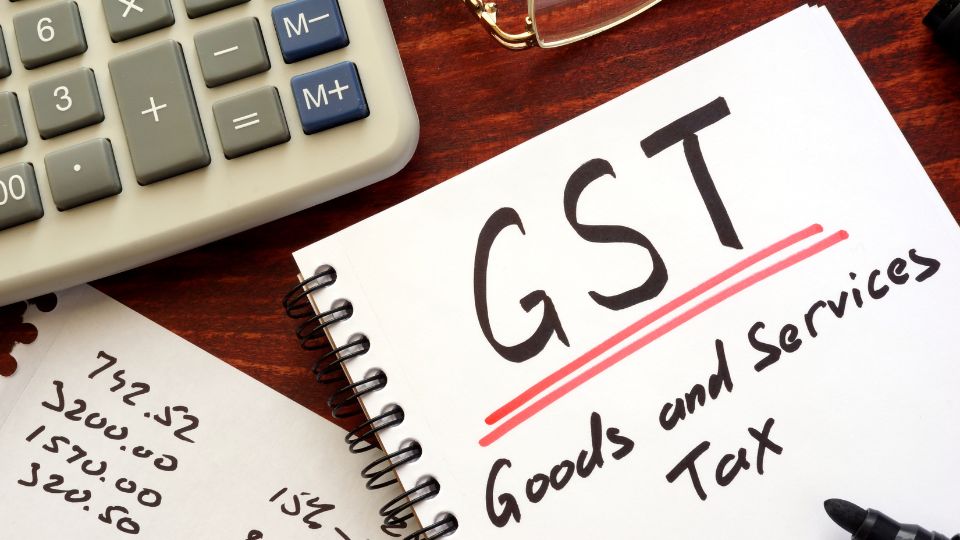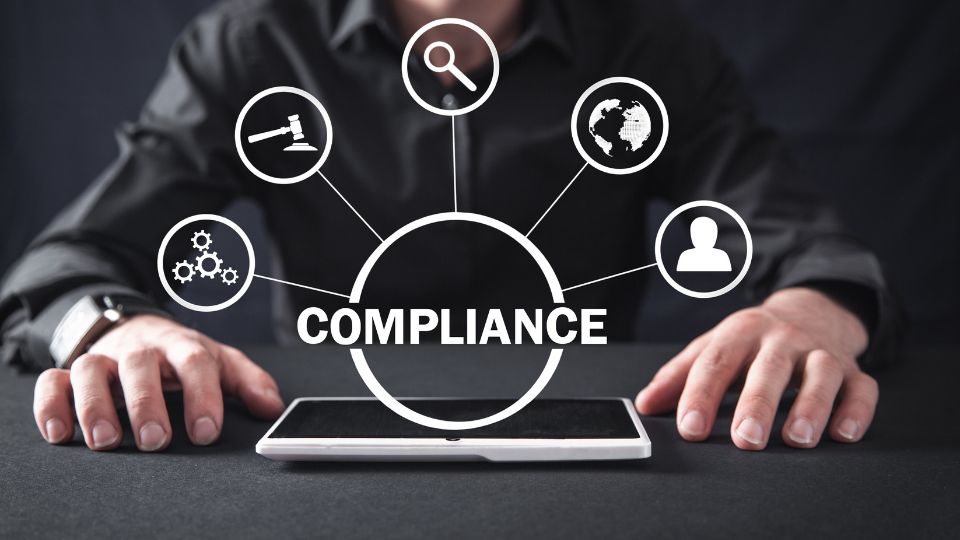Introduction: Why GST Matters for Every Amazon Seller
In this guide, you’ll discover exactly how GST impacts your Amazon business, how to register correctly, claim benefits like input tax credits, and avoid penalties that can derail growth.
Understanding GST for Online Sellers in India
The Goods and Services Tax (GST) is India’s unified indirect tax system, replacing multiple earlier taxes like VAT, service tax, and excise duty. For online sellers, GST plays a more direct role because every transaction on platforms like Amazon is recorded digitally, ensuring complete traceability.
Unlike offline sales, gst for online sellers india involves an additional layer—marketplace compliance. Amazon, being a registered e-commerce operator, must collect Tax Collected at Source (TCS) at 1% on every sale and deposit it with the government. This TCS appears in your GST portal and can later be claimed as a credit when filing your returns.
GST also sits on top of the fees you pay to Amazon—referral fees, FBA fees, advertising, storage, and more. If you’ve never deconstructed these charges, study this detailed guide on Amazon fees breakdown to understand how taxes, commissions, and operational charges compound your landed cost.
Is GST Mandatory for Selling on Amazon India?
One of the most frequent questions new sellers ask is: “Is GST mandatory for selling on Amazon India?”
To sell on Amazon India, GST registration is generally mandatory, even if your turnover is below the usual threshold, since selling through an online marketplace is considered interstate supply. A valid GSTIN is required to list taxable goods, generate GST-compliant invoices. Only sellers dealing exclusively in GST-exempt products can operate without a GST number.
Even if you’re under the threshold, registering helps you access Amazon advertising, Business (B2B) pricing, and FBA storage. If you’re starting from scratch, follow this walkthrough to create your seller account with the correct business details and tax settings.
How to Register for GST as an Amazon Seller
Getting gst registration for amazon india is simple if you prepare your documents well. Here’s a friction-free sequence that avoids most rejection reasons:
- Visit the GST portal (gst.gov.in) → “New Registration.”
- Enter PAN, email, and mobile to generate a Temporary Reference Number (TRN).
- Log in with TRN and complete Part B with business constitution (proprietorship/partnership/company), principal place of business, additional places (e.g., FBA warehouses if applicable), bank details, and HSN codes for your products.
- Upload PAN, Aadhaar, address proof (electricity bill/lease), and bank proof (cancelled cheque/passbook).
- Verify via OTP/e-sign or DSC; submit.
- On approval, you’ll receive your 15-digit GSTIN.
- Add the GSTIN in Seller Central → Settings → Tax Settings. Ensure your legal name exactly matches your GST certificate to prevent payout holds.
Avoidable mistakes: wrong business type, blurry address proofs, inconsistent addresses, and missing additional places of business when using out-of-state FBA.
What Happens If You Sell on Amazon Without GST
Listing without GST might feel like a shortcut—until Amazon runs a compliance audit. Sellers found non-compliant face payout holds, suspension, and lengthy re-verification. You’ll also be blocked from using FBA, Sponsored Ads, or Business pricing—all of which are essential to scale.
In short: the short-term “savings” of skipping GST are dwarfed by long-term risks to cash flow and account health.
Claiming Input Tax Credit: A Hidden Profit Booster
Here’s the good news: GST can improve your net margins through Input Tax Credit (ITC). You can claim the GST you pay on eligible business expenses such as Amazon fees, packaging, shipping, photography, and advertising—then offset it against your output GST.
Example: If you spent ₹10,000 on ads and paid ₹1,800 GST (18%), that ₹1,800 becomes a credit. Accumulate this across fees and logistics, and ITC can add 2–3% back to your margin. To amplify that effect, align your ad structure using this playbook for scale PPC profitably so your spend is both tax-efficient and conversion-focused.
ITC hygiene checklist: ensure vendors issue GST-compliant invoices to your GSTIN, reconcile GSTR-2B monthly, keep HSN codes consistent, and track Amazon TCS credits in your electronic cash ledger.
Filing GST Returns as an Amazon Seller
Your baseline compliance rhythm typically includes:
- GSTR-1 (outward supplies) → due by the 11th of the next month (or quarterly in QRMP).
- GSTR-3B (summary + tax payment) → due by the 20th of the next month (or prescribed QRMP dates).
- TCS reconciliation using Amazon statements → monthly.
Workflow that prevents errors: download Amazon transaction, fee, and TCS reports; reconcile sales, returns, and cancellations; match 2B with purchase invoices; pay net tax after ITC and TCS; archive PDFs/CSVs and ledgers.
Amazon GST Rules and Compliance Essentials
Because Amazon is an e-commerce operator, it collects 1% TCS on taxable supplies. You’ll see this in your GST portal ledger and can use it to offset liability. Ensure:
- GSTIN and legal name in Seller Central match your certificate.
- Invoices carry correct GST breakup, HSN, and place of supply.
- Returns and replacements generate credit notes so your tax base stays accurate.
Pro tip: Configure automatic invoice generation or use a connected accounting tool. Always verify the “place of supply”—it drives whether a transaction is IGST or CGST/SGST.
Managing Multiple Marketplaces and Separate GST Numbers
Do you need separate GST registrations for different states?
Yes, if you store goods in multiple states (e.g., using out-of-state FBA). Each warehousing state requires its own GSTIN. No, if you ship solely from one state without storing inventory elsewhere. One GSTIN is fine.
If you manage multiple GSTINs, isolate sales by registration when filing. Amazon reports and TCS statements can be filtered per warehouse/state—build a monthly routine to avoid cross-mixing.
Common GST Challenges and How to Avoid Penalties
- Mismatched returns: Differences between GSTR-1, 3B, and Amazon reports trigger notices. Reconcile monthly.
- Unclaimed TCS: Sellers forget to pull TCS credits into their cash ledger—leaving money on the table.
- Return/credit-note gaps: Returns reduce your tax base; missing credit notes means overpaying tax. If you process many refunds, read this explainer on handling ecommerce returns to keep inventory, invoices, and GST adjustments in sync.
- Invoice errors: Wrong HSN, missing GSTINs, or incorrect place of supply.
- Late filings: Penalties can snowball; add calendar alerts and automate.
Expert Tips for Smooth GST Compliance
Automate: Use software connected to Amazon reports.
Standardize HSNs: Keep a master list.
Digitize documents: Maintain a cloud archive for invoices.
Work with a CA who knows marketplaces: Marketplace flows (TCS, credit notes, IGST/CGST/SGST) are nuanced. Price with tax literacy: When calculating landed cost, factor referral fees, FBA, shipping, and GST. If your pages need stronger conversions to protect margin, upgrade your creatives with this guide to boost your listing.
For GST services, you can also contact our recommended accountant here: Mr. Vinoth Kumar, at +91 8925293929.
FAQ: Amazon Seller GST Questions Answered
Is GST mandatory for selling on Amazon India?
Yes for taxable categories. While the law mandates registration above ₹40 lakh turnover (₹20 lakh for services), Amazon generally requires GSTIN for listing taxable products. Registering early also unlocks ads, FBA, and B2B pricing.
How do Amazon sellers register for GST?
Apply on the GST portal with PAN, Aadhaar, address, and bank documents. After approval, add your GSTIN in Seller Central (Tax Settings). Ensure your legal name matches across Amazon and GST to prevent payout issues.
What happens if I sell on Amazon without GST?
Risk of payout holds, account suspension, and compliance notices. You’ll also be restricted from FBA, Sponsored Ads, and B2B—limiting growth.
How can I claim input tax credit as an Amazon seller?
Collect GST-compliant invoices for fees, shipping, packaging, ads, and services billed to your GSTIN. Reconcile GSTR-2B monthly and deduct eligible ITC from your liability.
Do I need separate GST for each Amazon FBA Warehouses?
You need state-wise GSTINs where goods are stored (e.g., different FBA states). If you dispatch from a single state without storing elsewhere, one GSTIN is sufficient.
Conclusion: Simplify Compliance, Scale Your Business
GST may feel complex at first, but once you adopt monthly routines and the right tooling, compliance becomes a growth lever. Clear pricing logic, accurate invoices, consistent HSNs, and disciplined reconciliations keep your payouts safe and margins healthy. Think of amazon seller gst in india as the backbone of your brand’s trust and scalability. The sellers who master it spend less time firefighting—and more time expanding product lines, winning the Buy Box, and compounding their business.
If you want to delegate to an accountant, you can contact Mr. Vinoth Kumar, at +91 8925293929.
If you want a step-by-step daily roadmap for product selection, launch, and pricing, join our 3-day training program.

